If Karl Lagerfeld were assembling fashion’s own Avengers, Chanel’s muses would be his superheroes - wielding tweed instead of shields, saving couture one raised eyebrow at a time.
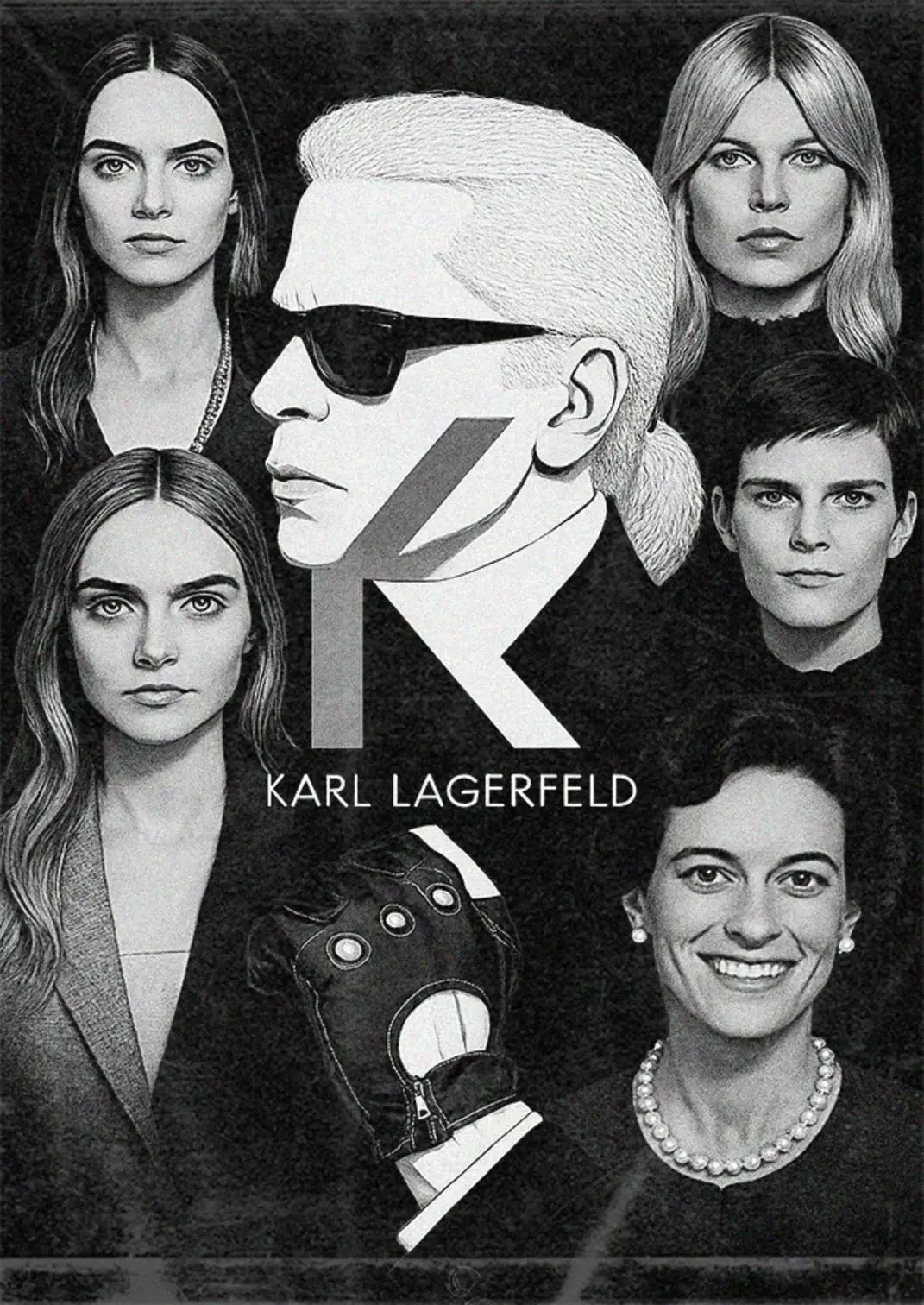
If Karl Lagerfeld were assembling fashion’s own Avengers, Chanel’s muses would be his superheroes - wielding tweed instead of shields, saving couture one raised eyebrow at a time.
October 10, 2025
Karl Lagerfeld’s tenure at Chanel was defined not only by his designs but by the women who wore them. From Vanessa Paradis to Cara Delevingne, these muses were more than models or ambassadors - they were living embodiments of Lagerfeld’s evolving vision. To join this circle - alongside icons such as Inès de la Fressange, Claudia Schiffer, and Stella Tennant - was to stand at fashion’s highest altar.
In the early 1980s, a new alliance reshaped Chanel’s destiny: Karl Lagerfeld and Inès de la Fressange. As the first muse of his reign, Inès became the face of the house and its first model under exclusive contract. Tall, androgynous, with an earthy Parisian elegance, she reinterpreted Coco Chanel’s rebellious chic for a new era.
Her partnership with Lagerfeld was pivotal: she was the face of Coco perfume in 1984, and a fixture of the runway, famously closing shows as the Chanel bride in spectacular couture gowns - a tradition that became a hallmark of the brand.
Even after a public falling-out in 1989, Inès returned to the Chanel runway for Spring/Summer 2011 at age 53, reminding the world that her connection to Chanel was timeless. Lagerfeld himself admitted, “I would not do it without Inès de la Fressange. I asked her everything. She told me what she wanted to wear, and I designed it.”
Inès once laughed about her contract: “It was insane - total exclusivity. I could no longer model for anyone else. But that’s exactly what I wanted.” It was a collaboration built on trust, affection, and a shared vision of French chic.
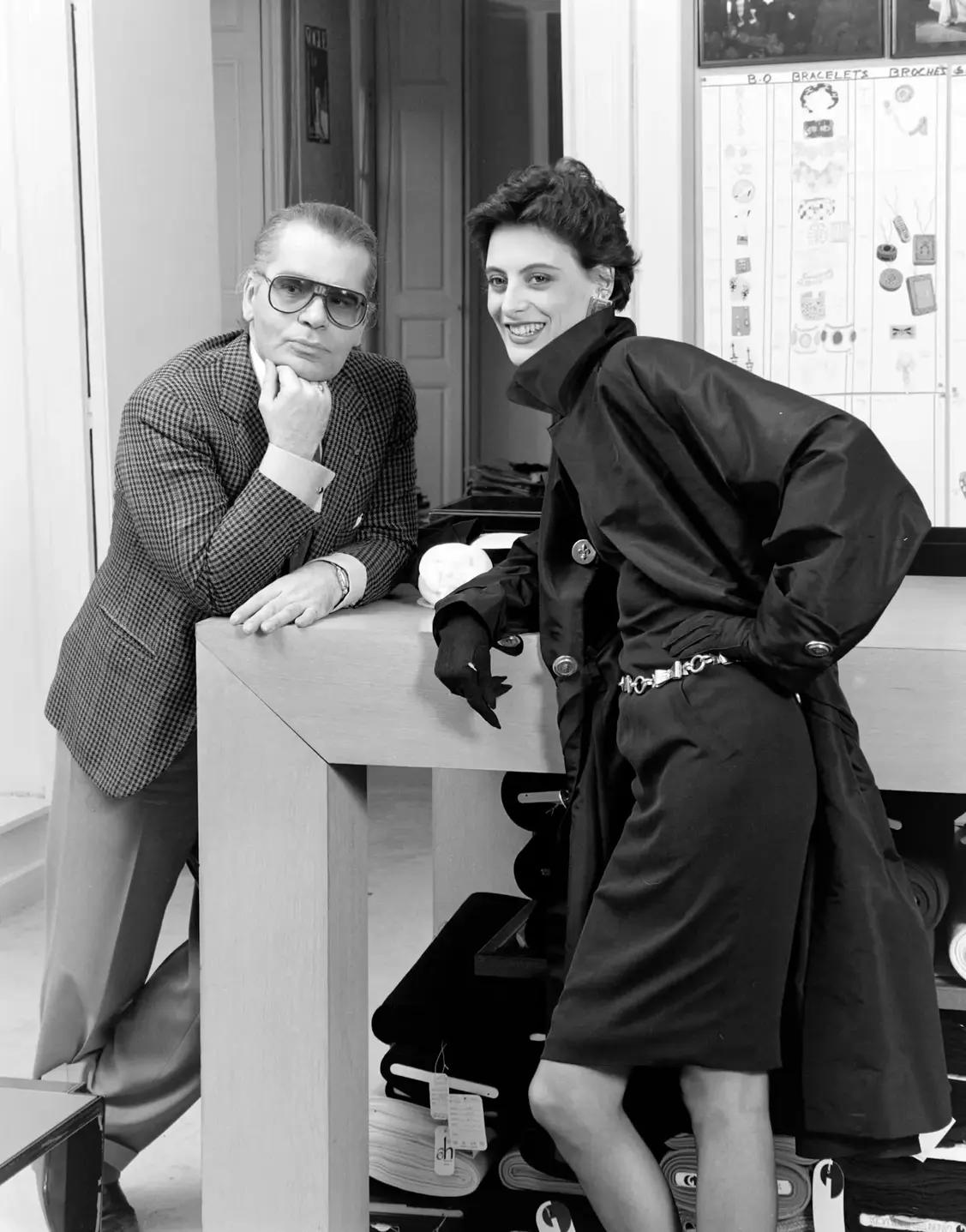
In October 1989, Karl spotted a fresh face on the cover of British Vogue - 19-year-old Claudia Schiffer. Within weeks, she was walking the Chanel couture runway.
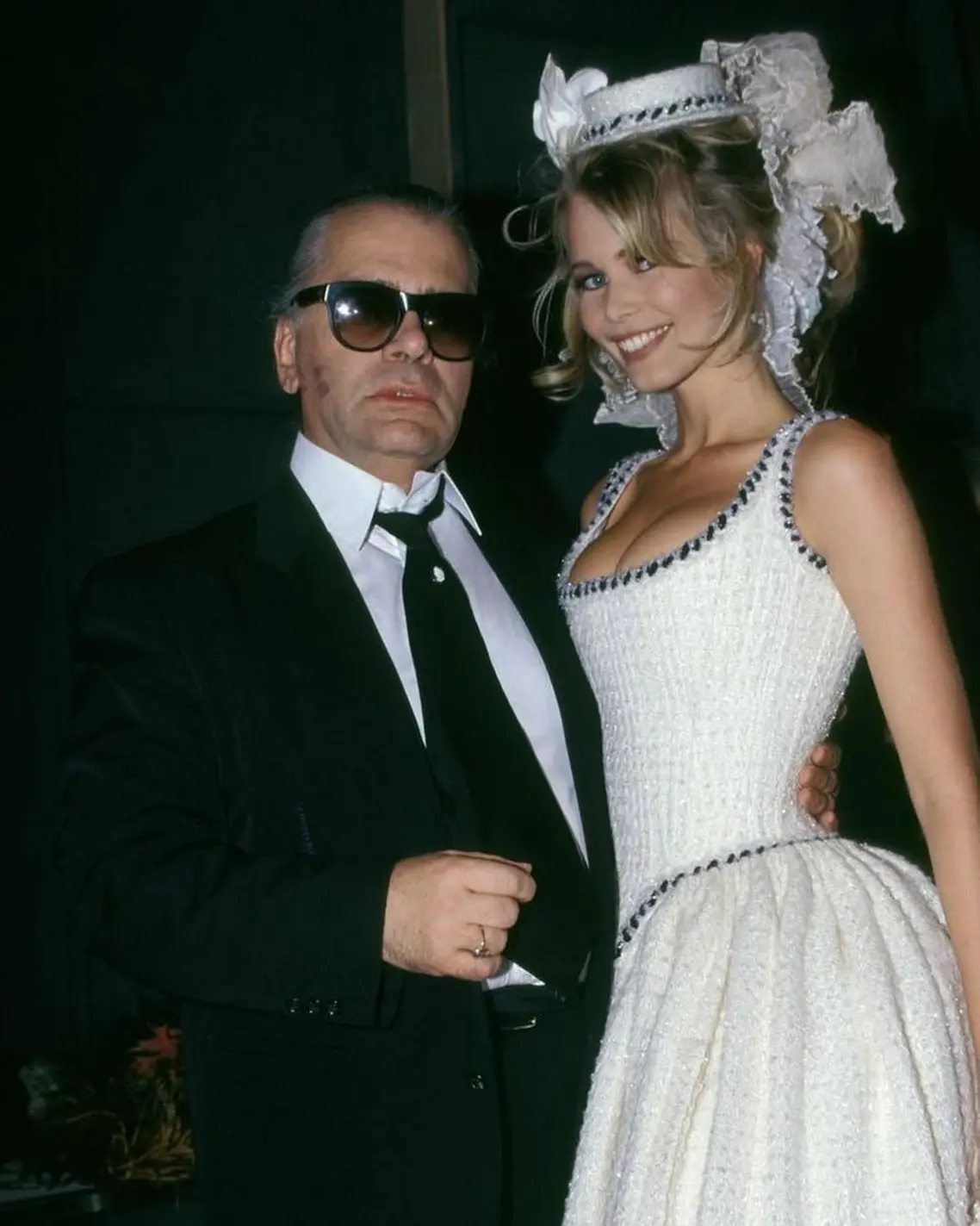
Critics once remarked that Schiffer “didn’t know how to walk,” but Karl dismissed the chatter. “When you have her face and charisma, it doesn’t matter how you walk. You can always be taught.” His advice to her? “Don’t walk like a model - imagine you’re strolling to school.”
That casual gait became her signature as she headlined campaigns, fragrance ads, and accessories imagery throughout the 1990s, appearing in at least sixteen Chanel campaigns. She often closed shows as the Chanel bride, her statuesque beauty the perfect expression of Lagerfeld’s elegant, modern vision.
“Karl was my fairy dust,” Claudia later said. “He transformed me from a shy German girl into a supermodel.”
Some iconic runway moments
Some Iconic Print Ads
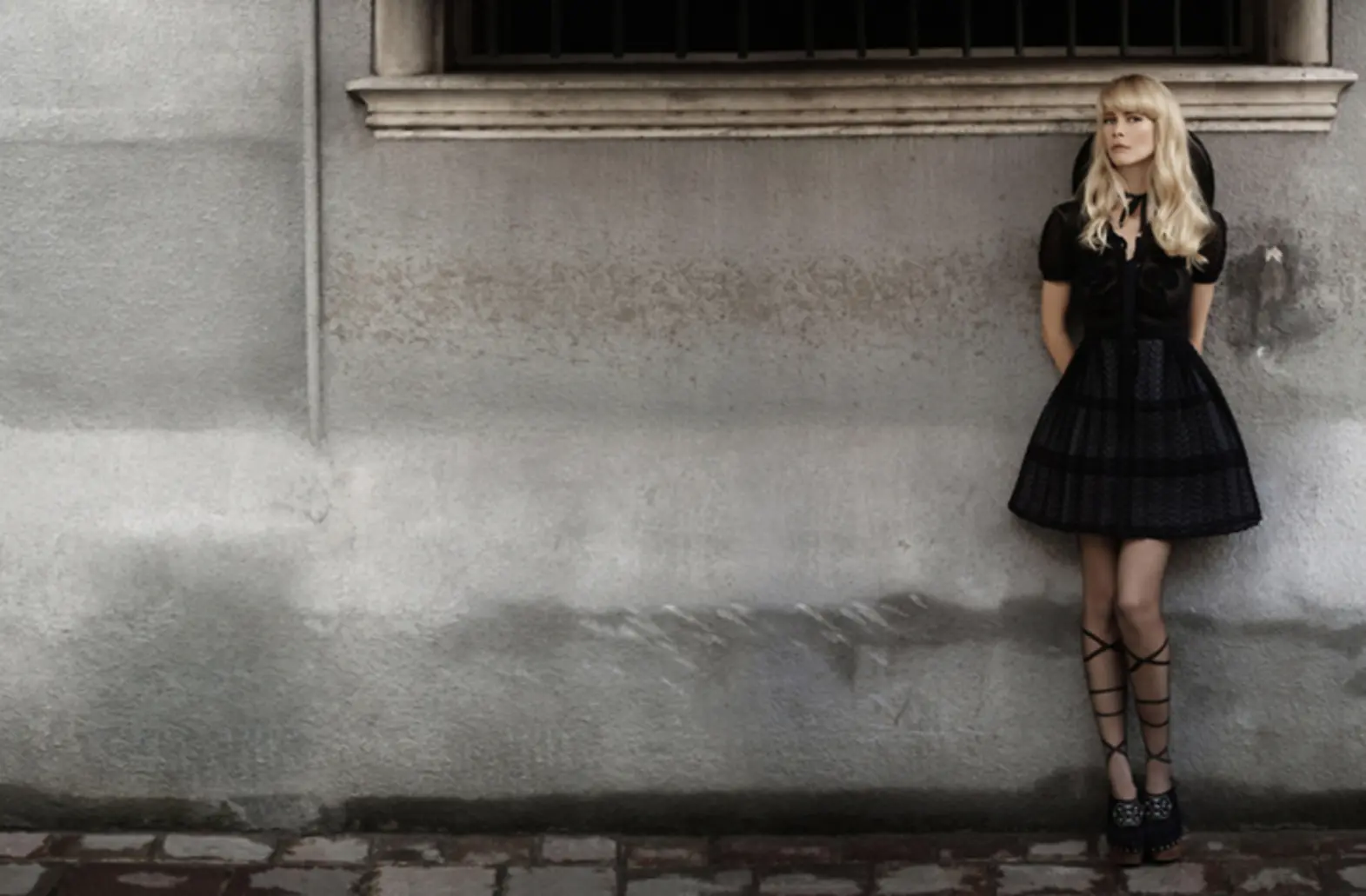
When Stella Tennant arrived in Paris in 1993 - nose ring, cropped hair, aristocratic lineage in tow - Karl Lagerfeld was immediately intrigued. What captivated him wasn’t her title (granddaughter of the Duke and Duchess of Devonshire) but her refusal to flaunt it.
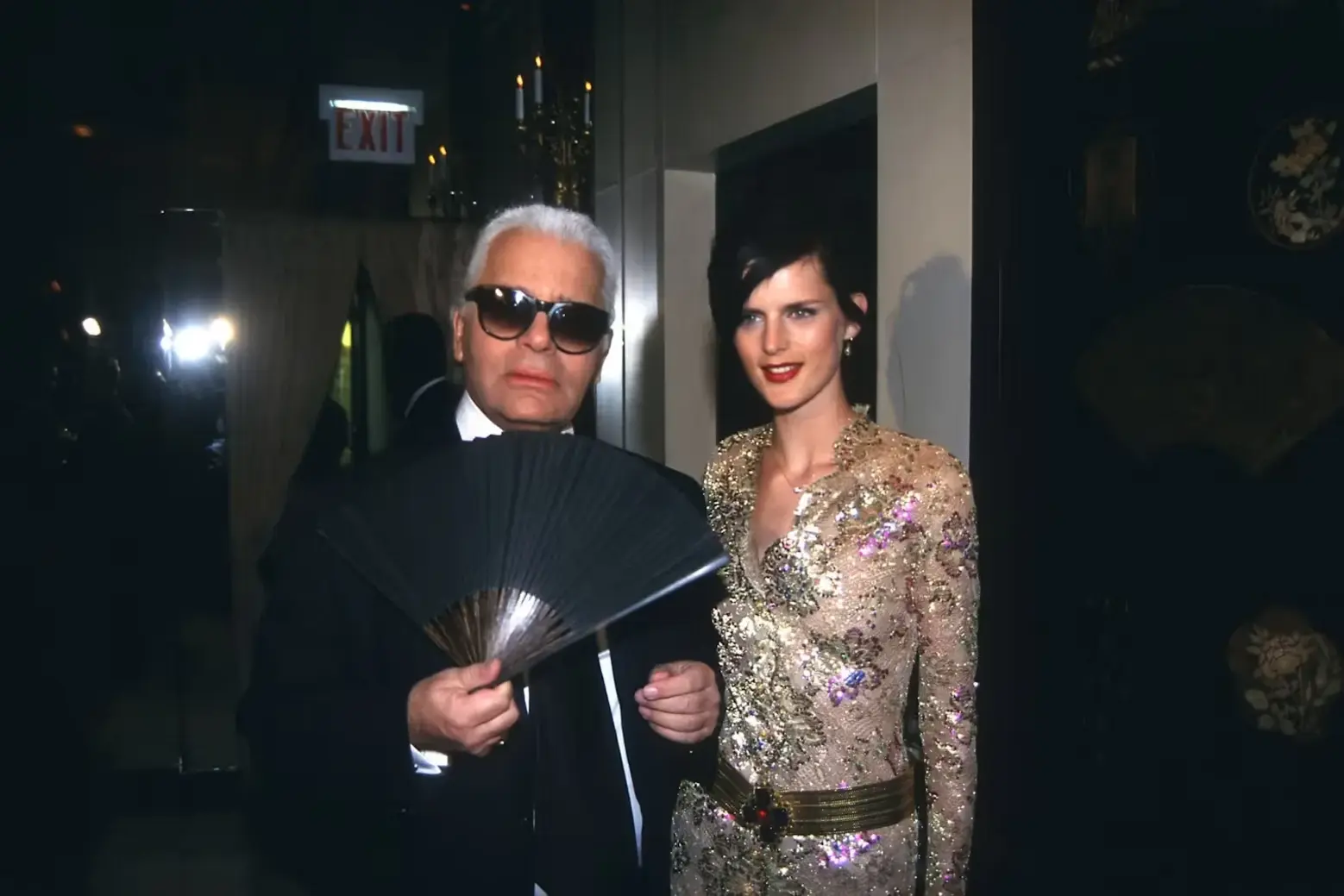
“She’s not glued to her background,” Karl said. “That’s why she’s great - she can be in the Gap or Chanel.”
In 1996, he signed her to an exclusive contract, setting the tone for Chanel’s aesthetic shift. Tennant’s sharp features and androgynous cool moved the brand away from overt glamour toward a leaner, edgier sophistication.
Their bond extended beyond fashion: Lagerfeld became close with Tennant’s family, and when Chanel staged its 2012 Métiers d’Art show in Scotland, Tennant - native of the Highlands - opened the runway in tartan and closed it alongside Karl himself.

Some Iconic Campaigns
Stella Tennant as the face of Chanel Fall/Winter 1996 Campaign, marking a turning point with her androgynous allure influencing Chanel's aesthetic direction in the mid-1990s.
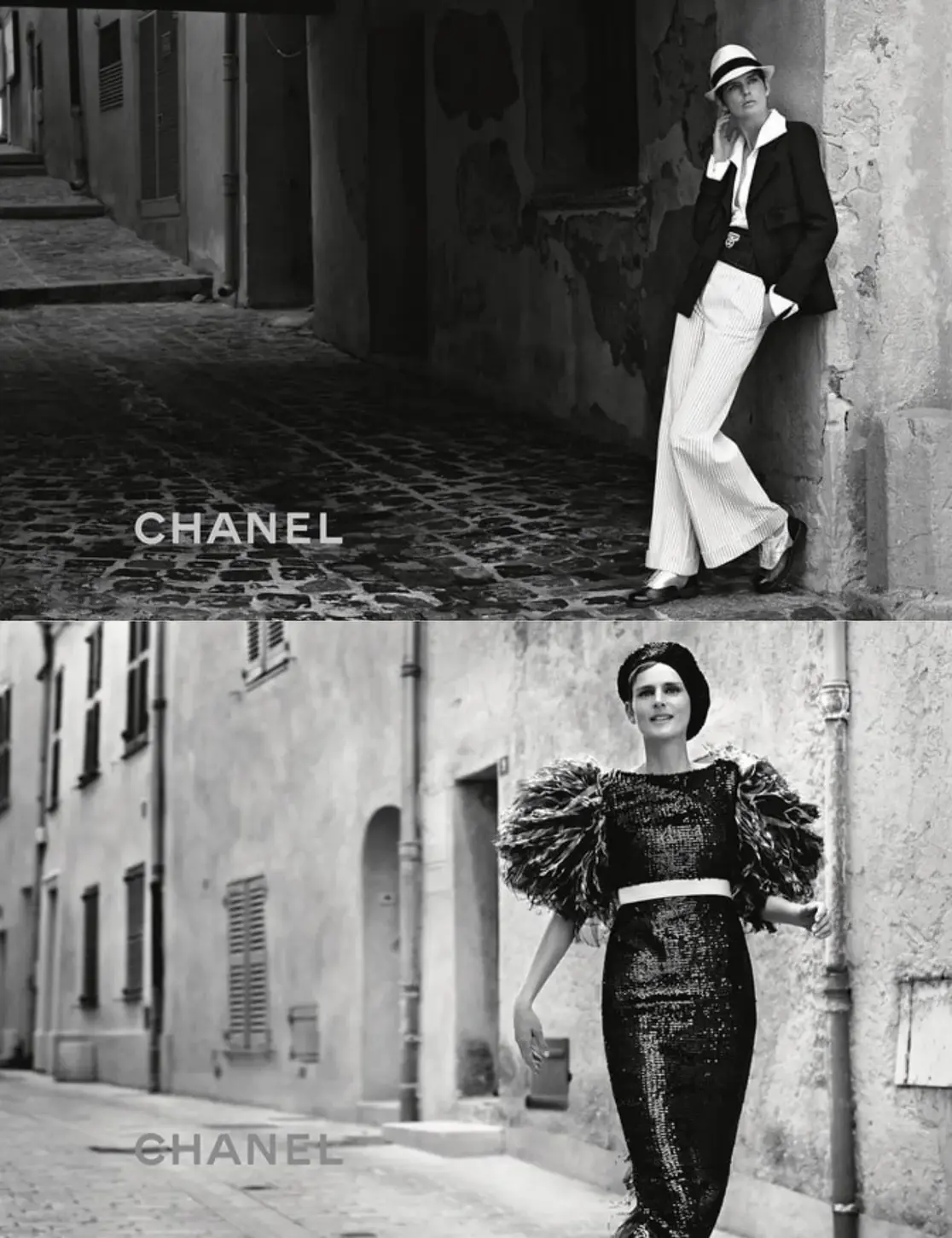

Cara Delevingne was barely 20 when she first walked Chanel’s Haute Couture runway in 2012. Nervous and new, she found Lagerfeld’s quiet blessing transformative: “You are meant to be here,” he told her.
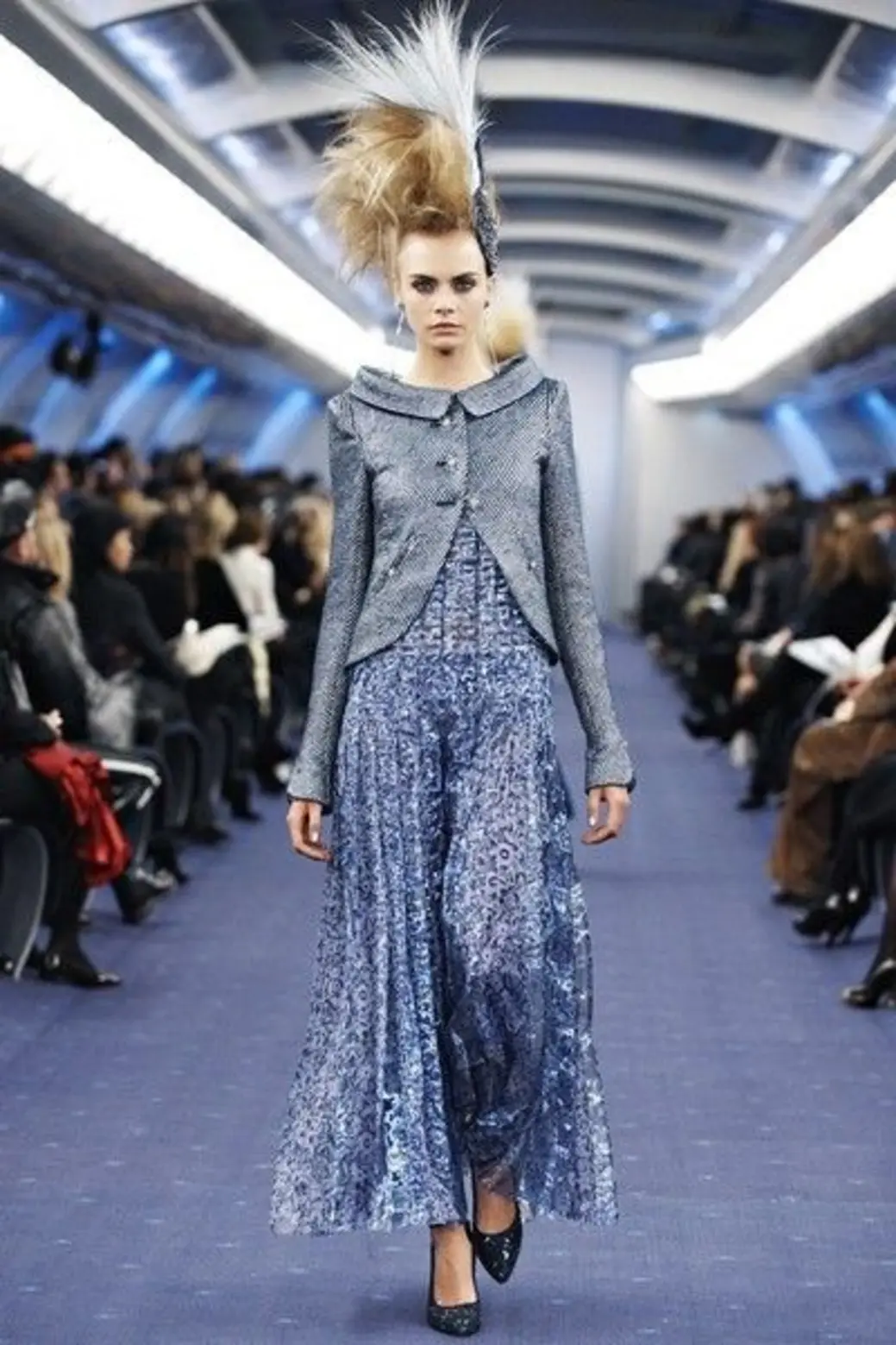
From then on, Cara became Karl’s mischievous counterpoint - the modern It-girl with eyebrows sharp enough to slice through tweed. He adored her irreverence, calling her “wild but beautifully brought up.”
Cara starred in campaigns, from Cruise 2012/13 to the memorable 2014 supermarket show, and even in Lagerfeld’s short film Reincarnation with Pharrell Williams. “She’s the Charlie Chaplin of fashion,” Karl once said, praising her ability to inject humor into couture.
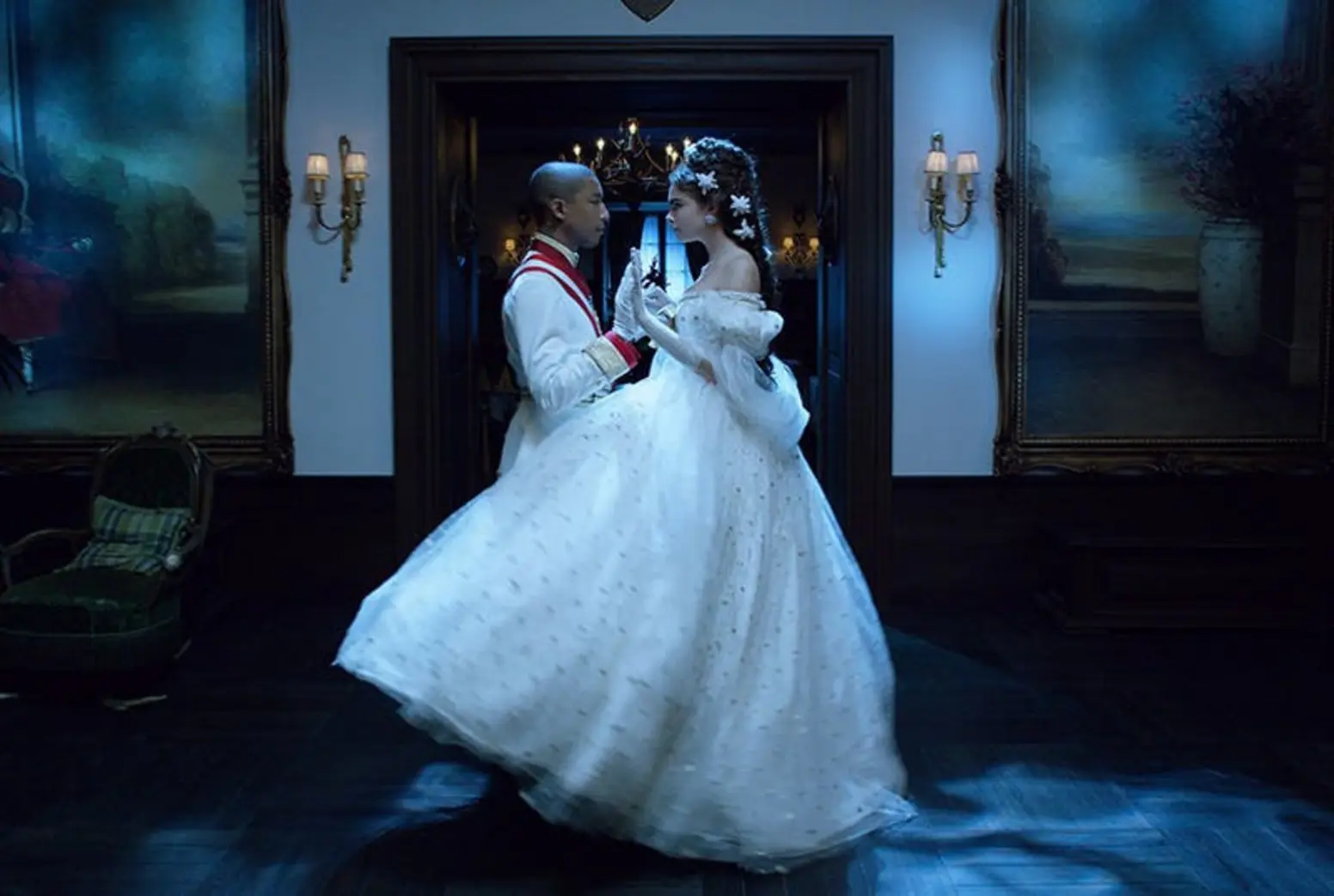
For Cara, Karl was not just a mentor, he was also her fashion fairy godfather, and telling her to be unapologetically herself. When Karl passed in 2019, Cara wrote: “He believed in me when so many others didn’t, including myself.”
Some other iconic campaigns
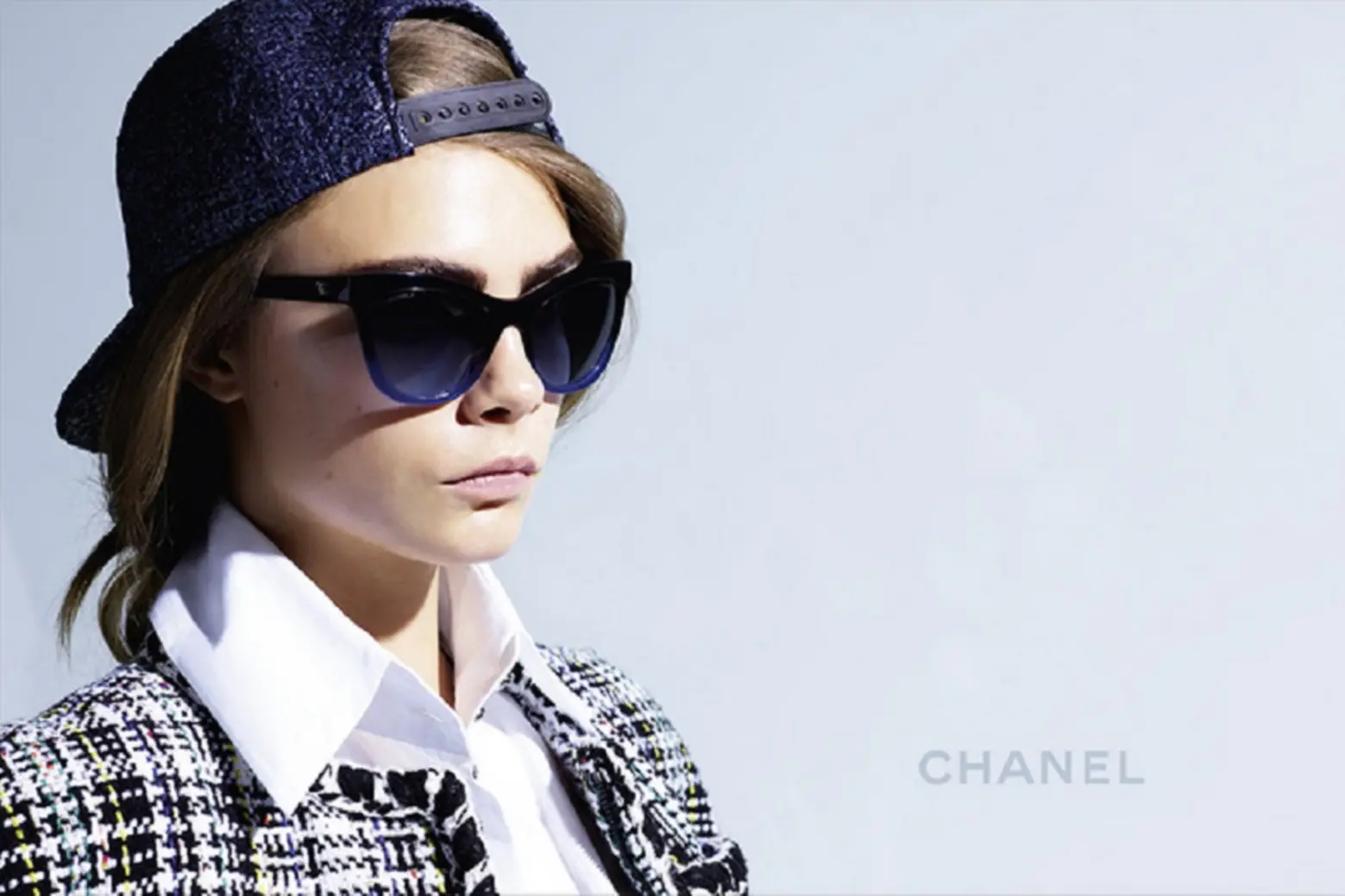
Vanessa Paradis’ Chanel story began in 1991, when she starred in Jean-Paul Goude’s unforgettable L’esprit de Chanel campaign, swinging on a trapeze in black feathers. “It’s pretty good to be baptized by Chanel - and to stay with them,” she later said.
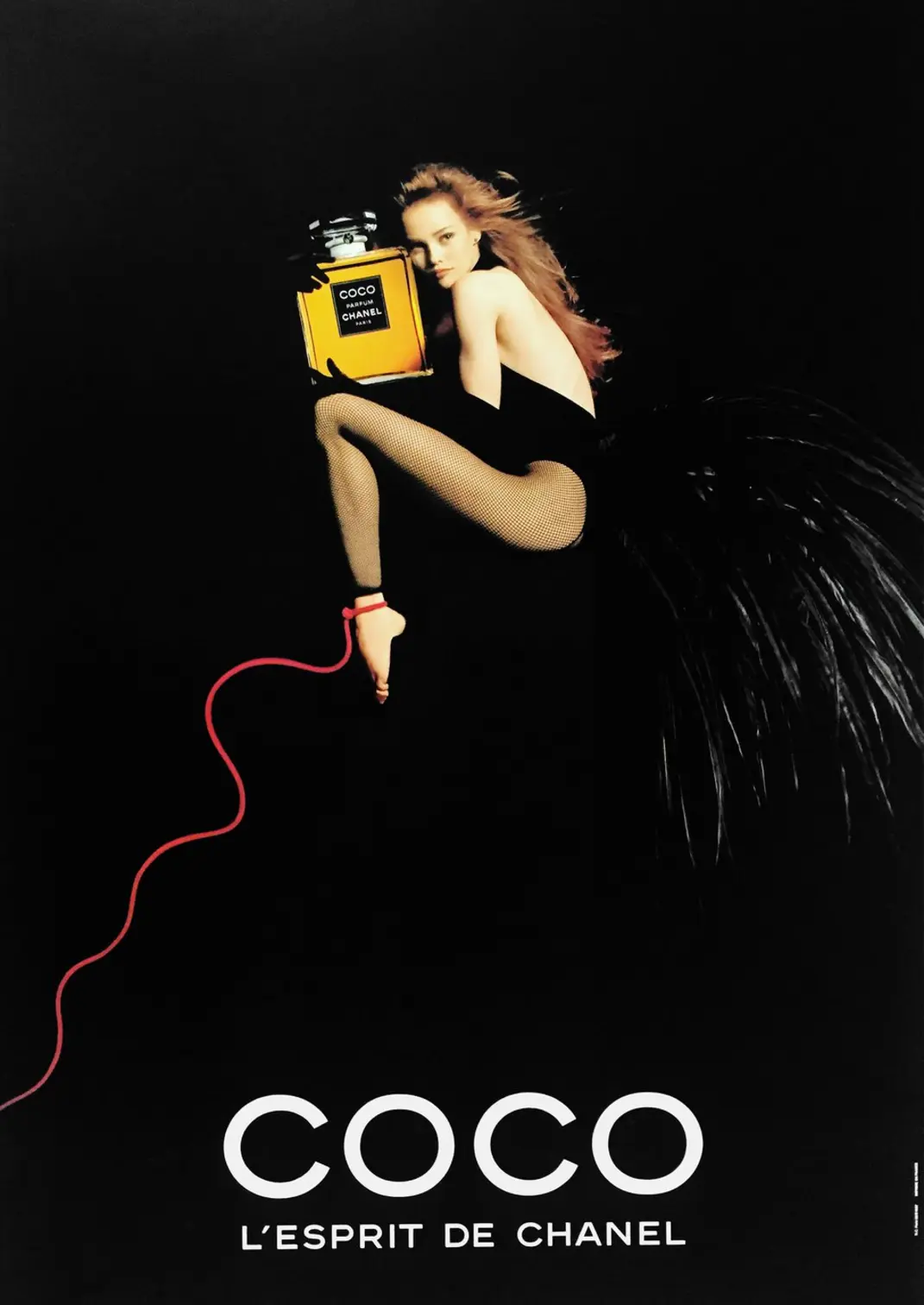
Her relationship with the house spanned decades, from the Coco Cocoon handbag line in the 2000s to the Rouge Coco lipstick campaign in 2010, and culminated in a 2020 J12 watch campaign alongside her daughter Lily-Rose Depp - a passing of the Chanel torch.
Karl Lagerfeld did not just design clothes - he built a mythology, casting women who embodied his Chanel in every era. Inès’ aristocratic cool, Claudia’s luminous glamour, Stella’s boyish edge, Cara’s playful rebellion, and Vanessa’s bohemian Parisian spirit together form a living archive of his vision.
Chanel’s muses were not just models. They were characters in a story Karl wrote with every sketch and every collection - and the story continues, season after season, on runways that still echo with their steps.